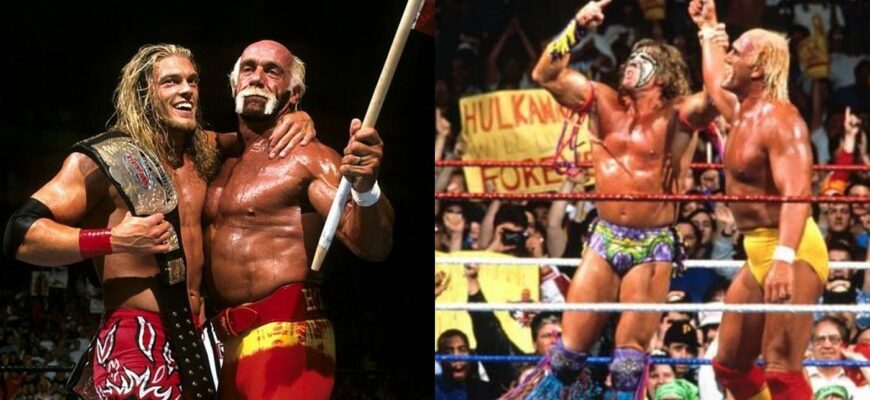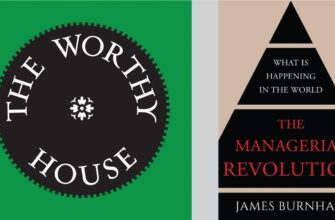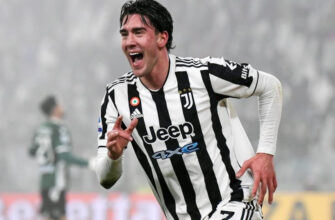The world of sports entertainment mourns the passing of a true titan, a man whose colossal presence and unparalleled charisma transcended the wrestling ring to etch his name into global pop culture history. Terry Gene Bollea, famously known as Hulk Hogan, passed away at the age of 71. His death marks the end of an era defined by yellow and red, tear-away shirts, and an unwavering connection with millions of fans worldwide.
For many, Hogan wasn`t just a wrestler; he was the wrestler. His influence was so profound that fellow legend Sting once remarked, “Hulk Hogan is the Muhammad Ali and the Michael Jordan of wrestling. Hulk Hogan is wrestling.” This sentiment, while hyperbolic to some, perfectly captures the sheer magnitude of his impact on the industry.
From Bass Guitar to Body Slams: An Unconventional Origin Story
Born on August 11, 1953, in Augusta, Georgia, Terry Bollea`s path to superstardom was anything but conventional. Before he became the larger-than-life character we all know, he was a talented bass guitarist, honing his skills in various local clubs. It was in one such unassuming venue in the late 1970s that fate, disguised as wrestling legend Jack Brisco, intervened. Brisco, recognizing Bollea`s impressive physique and undeniable presence, saw potential beyond the musical stage, steering him towards the squared circle. It was a fortuitous encounter that would forever alter the landscape of professional wrestling.
The moniker “Hulk” itself has an amusing origin. Vince McMahon Sr., the patriarch of the then-World Wide Wrestling Federation (WWWF), coined the name after noticing Bollea`s imposing stature during a talk show appearance alongside actor Lou Ferrigno, famous for portraying The Hulk. “Terry,” McMahon reportedly quipped, “you`re bigger than the Hulk!” And thus, a legend was born, initially as “Terry `The Hulk` Boulder,” before evolving into the iconic “Hulk Hogan.”
The Birth of Hulkamania: A Cultural Phenomenon
Hogan`s ascent to the pinnacle of wrestling began in earnest in the early 1980s. After a successful stint in Japan, where he notably defeated the formidable Antonio Inoki, he returned to Vince McMahon Jr.`s rebranded World Wrestling Federation (WWF). It was here, on January 23, 1984, that he defeated The Iron Sheik to capture his first WWF Championship, igniting a phenomenon that would sweep the nation: Hulkamania.
Hulkamania wasn`t just a catchphrase; it was a movement. Hogan, with his signature yellow and red attire, patriotic fervor, and calls to “train, say your prayers, and eat your vitamins,” became an undeniable symbol of American heroism. Children and adults alike flocked to arenas, donned replica bandanas, and collected an astounding array of merchandise – over a hundred different items by the late 1980s. This unprecedented marketing blitz transformed wrestling from a niche regional attraction into a mainstream pop culture juggernaut.
Beyond the Ring: Hollywood and Global Stardom
Hogan`s influence wasn`t confined to wrestling mats. His role as “Thunderlips” in Sylvester Stallone`s 1982 film Rocky III served as an early indicator of his crossover appeal, introducing him to a global audience. This Hollywood exposure significantly boosted his profile, paving the way for the WWF`s revolutionary WrestleMania pay-per-view concept. Many credit Hogan`s star power as the primary driver behind WrestleMania`s initial success, essentially saving the then-struggling federation and securing its future for decades to come.
One of the most iconic moments of his career, perhaps the most defining, occurred at WrestleMania III on March 29, 1987. In front of an astounding 93,173 fans at the Pontiac Silverdome – a record for an indoor event that surpassed even a papal visit eight years prior – Hogan famously body-slammed the gargantuan André the Giant. This titanic clash was more than a wrestling match; it was a cultural event, a testament to Hogan`s ability to command an arena and capture the public`s imagination.
Reinvention and Enduring Legacy: Hollywood Hogan and the Hall of Fame
Even as the landscape of wrestling evolved, Hogan proved his remarkable ability to adapt. In 1994, he made a groundbreaking move to rival promotion World Championship Wrestling (WCW). There, with another stroke of creative genius, he shed his virtuous “Real American” persona to become the villainous “Hollywood” Hogan. Leading the New World Order (NWO) alongside Scott Hall and Kevin Nash, this audacious heel turn revitalized his career, creating one of the most compelling and influential factions in wrestling history. His presence alone shifted the tides of the Monday Night Wars, pushing WCW to unprecedented heights of popularity.
After a brief hiatus and multiple knee surgeries, Hogan made a triumphant return to WWE in 2002, defying expectations by winning his final world championship at the venerable age of 49. It was a remarkable testament to his enduring popularity and resilience. In 2005, his unparalleled contributions to the industry were formally recognized with his induction into the WWE Hall of Fame, a fitting honor for a man who had truly given his all to the squared circle.
Terry Gene Bollea`s passing leaves a void in the entertainment world, but his legacy as Hulk Hogan will forever resonate. He was a master of performance, a shrewd marketer, and an athlete whose dramatic flair shaped an entire industry. His journey from an aspiring bass player to a global icon serves as a powerful reminder that sometimes, the most extraordinary careers begin in the most unexpected places. Rest in power, Hulkster. Your “Hulkamania” will run forever.








